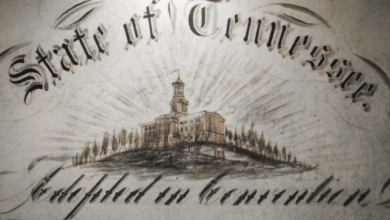Quechua given increased visibility by Peru’s new leftist gov’t

By Monica Martinez
Lima, Sep 24 (EFE).- Quechua is currently experiencing a resurgence in the media and the political sphere in Peru and has been given a further boost by leftist President Pedro Castillo’s administration, which has promoted that language family to underscore the Andean nation’s longstanding, persistent social inequality.
The native tongue of around 13 percent of Peru’s population, or more than 3.8 million people, Quechua is an ancient language that was spoken hundreds of years before the rise of the Incan Empire and the arrival of Spanish conquistadors in the 16th century.
And Peru’s constitution states that Quechua, Aymara and other indigenous tongues are official languages of the state, alongside Spanish, “wherever they are predominant.”
“Some 4 million (people) speak Quechua. Easily around 3 million (speak) Quechua in the south, who curiously are the ones who vote for the left,” Carlos Molina Vital, a linguist who specializes in the Quechuan language family, which includes many different dialects that have a limited degree of mutual intelligibility.
The type of Quechua spoken differs by region, but the most widely spoken variety is the one that predominates in the southern Peruvian regions of Cuzco, Puno and Ayacucho.
“This southern Quechua bloc voted for (ex-President Ollanta Humala, of Quechua ethnicity). It voted for Castillo (who was born into poverty in northern Peru). There’s clear cultural continuity there,” said Molina, a Quechua instructor at the University of Illinois’ Center for Latin American and Caribbean Studies.
Quechua had already been gaining ground culturally but was elevated in the political realm when Guido Bellido, Castillo’s prime minister and an unapologetic leftist, delivered his inaugural speech to Congress in Quechua.
That controversial move provoked the ire of conservative lawmakers, who shouted out their demand that he speak in Spanish.
“I’m not a fan of Bellido’s, but at least what he’s trying to do is bring to the forefront something that’s always been viewed as impossible: an indigenous person with power speaking in Quechua,” Molina said.
Due to internal migration, Lima is home to Peru’s largest Quechua-speaking population, roughly a half-million people.
But in relocating to Lima or any urban coastal area Quechua speakers kept their native language hidden, using it only in their homes since, for historical reasons, all written and spoken communication outside is in Spanish.
“When the Spanish (conquistadors) arrived, the destruction of the indigenous population was greater on the coast due to diseases and forced migration” to supply workers for mines in the highlands, Molina recalled.
“That population has been silenced since (colonial times) even though up until the 1940s probably 70 percent of the population spoke a variety of Quechua,” which the linguist said has long been associated with poverty, ignorance or folklore.
Clodomiro Landeo, one of the hosts of a Quechua-language television news program, Ñuqanchik, that was launched six years ago and was the first of its kind to be aired nationwide, told Efe that show has had a “major impact.”
It was followed by a series of film and music productions in that native language and, according to Landeo, has helped encourage people to exercise their “right to express themselves in our own language.”
The fact the prime minister chooses to speak Quechua in public means “he’s saying, ‘I’m different, I’m Quechua and I’m in power,'” he said. But “it’s (still) not systematic, it’s not the result of a plan or a proposal.”
Even so, Landeo, who is also a Quechua translator, said Peru is undergoing “a change that still is not very well understood but is very big,” adding that “multicultural Peru is coming into sharp focus.”
“My aspiration is for Peru to be a bilingual country, with Spanish and a traditional language as a foundation,” that inter-cultural communicator said. EFE
mmr/mc





